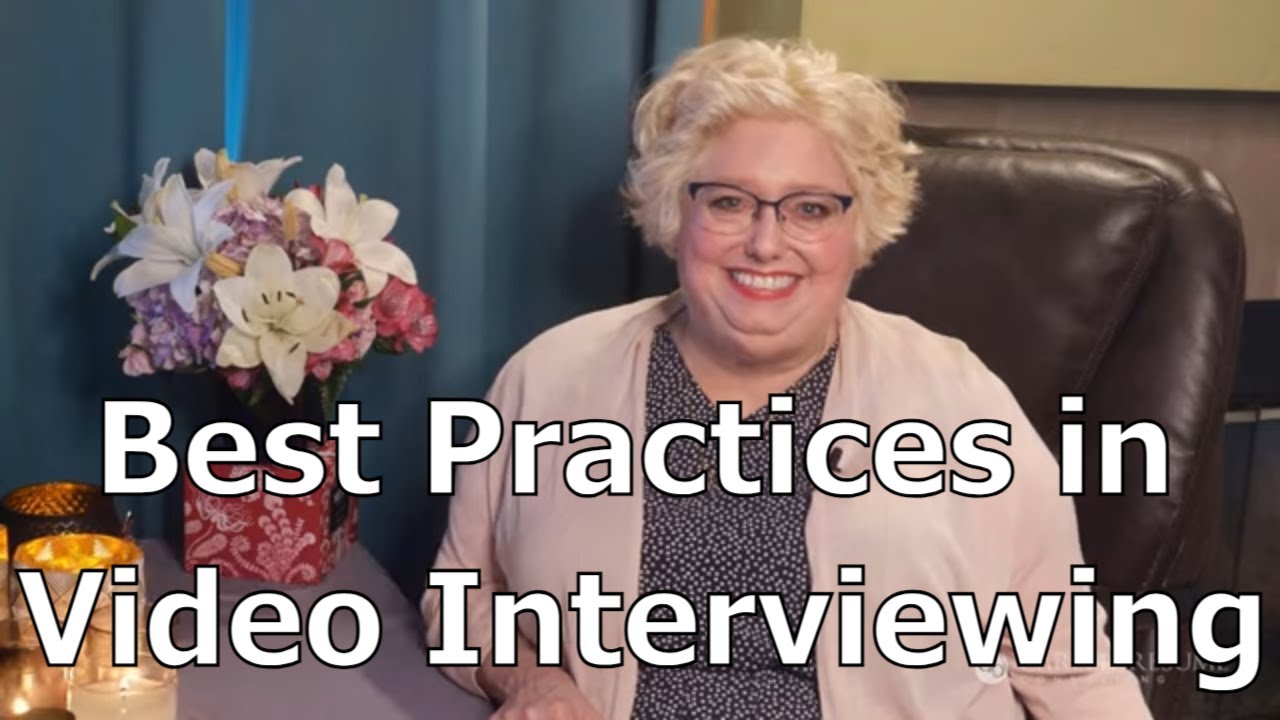Many of the clients we work with are in their mid-fifties to early sixties, which means they have a lot of experience to share. So how far back should you go on your resume?...
As a general rule, whether it’s a chronological resume or a functional, one-page executive summary, you only need to target 15 years back if you’re looking for a VP role or below.
If you’re targeting a role in the C-Suite you can include up to 20 years back. Employers, recruiters and private equity firms will want to see up to 20 years of experience to make sure they’re bringing on C-Suite material.
Instead of focusing on the chronology of your career, the functional resume highlights all your greatest achievements. Your career summary is included at the bottom of the page, almost like a footnote.
This is the beauty of the functional resume. In a functional resume, you can include stellar accomplishments from 25 years ago right next to an achievement you completed last year or even last week. In this format, you don’t have to tie each achievement to the name of each role or the year when it happened. Instead, you focus on the achievements themselves.
You can list your position title, the name of the company, the city where you worked, and the dates of your time in that role for all positions dating back 15-20 years—depending on whether you’re targeting below or above a VP-level role.
Any roles you held more than 15 years back can be grouped under Earlier experience. In the section for earlier experience, you don’t need to include the city where you worked or the years you held each role.
Using a one-page functional resume means you don’t have to be afraid of ageism. Dates and chronological information about your career will not get in the way of a recruiter seeing you as the top-performing talent you are!





